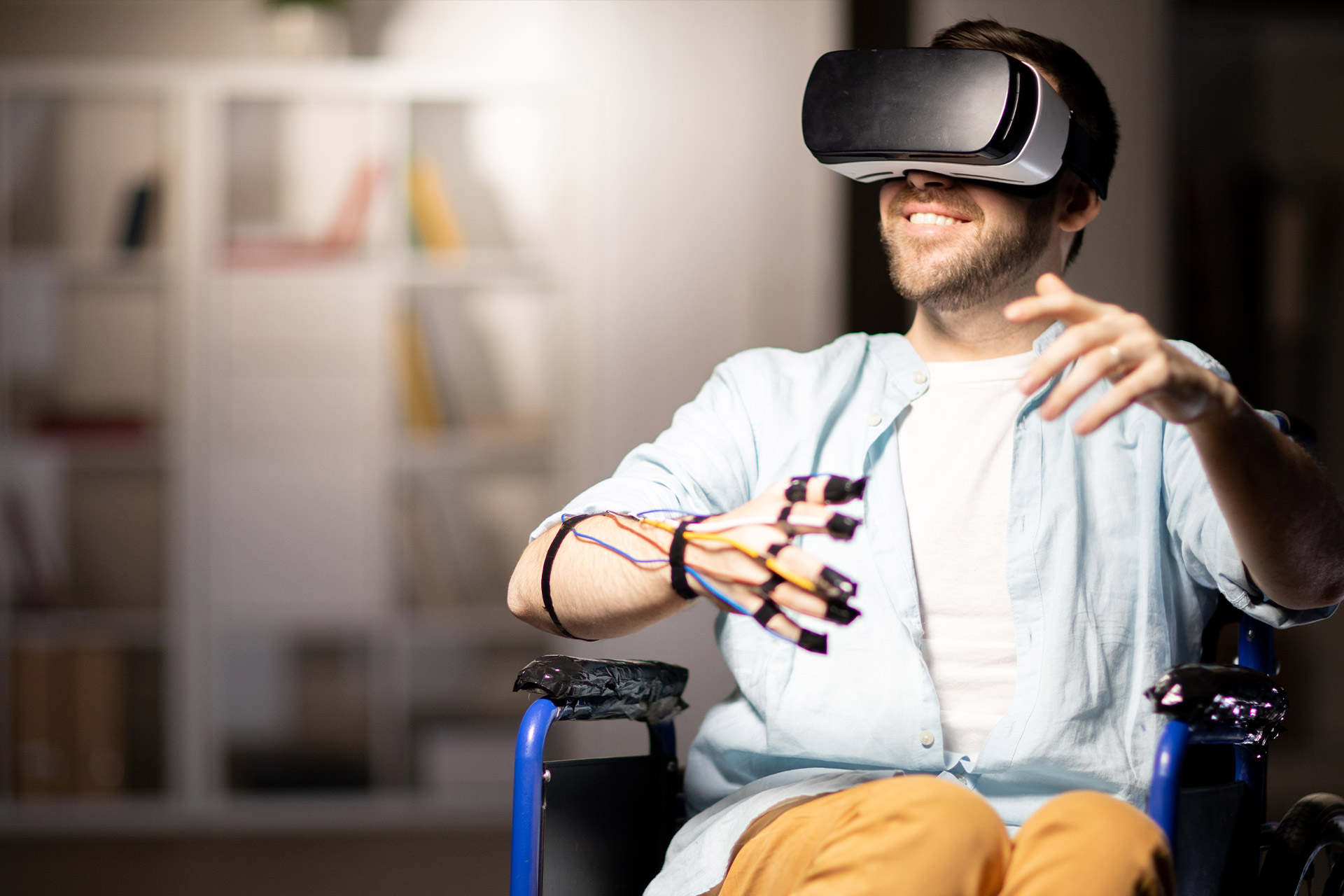
Average success rate of 91%, guaranteeing effective and reliable communication.
Used in a wide range of applications, from controlling mobile robots to electric wheelchairs and robotic prostheses.
Becomes an alternative channel for communication, especially for those with severe motor disabilities.
Activated by imaginary movements, providing ease of use for all users.
The limitations of conventional interfaces between humans and machines impose significant barriers, especially for those with severe motor disabilities. In this scenario, innovation is needed to provide effective and inclusive communication.
The invention presents an advanced process and device for Brain-Computer Interface (BCI). This solution offers an alternative communication channel, using electroencephalogram (EEG) signals to translate specific mental activities into functional commands. The practical application ranges from the control of mobile robots to electromechanical devices, promoting a revolution in human-machine interaction.
The interface uses electrodes to collect electrical signals from the brain. These signals are then analyzed by a computer, which classifies them into four different mental activities: imagining moving the feet, the tongue, the left arm or the right arm. The computer then sends a corresponding command to the robot.
Patent title:
Non-invasive brain-computer interface for robot control
Deposit Number:
PI 1100261 1
Pontifical Catholic University of Rio de Janeiro – PUC-Rio
Rua Marquês de São Vicente, 225, Gávea
Rio de Janeiro, RJ – Brasil
Zip code: 22451-900
Postal box: 38097
Phone:
+55 (21) 3527-2155